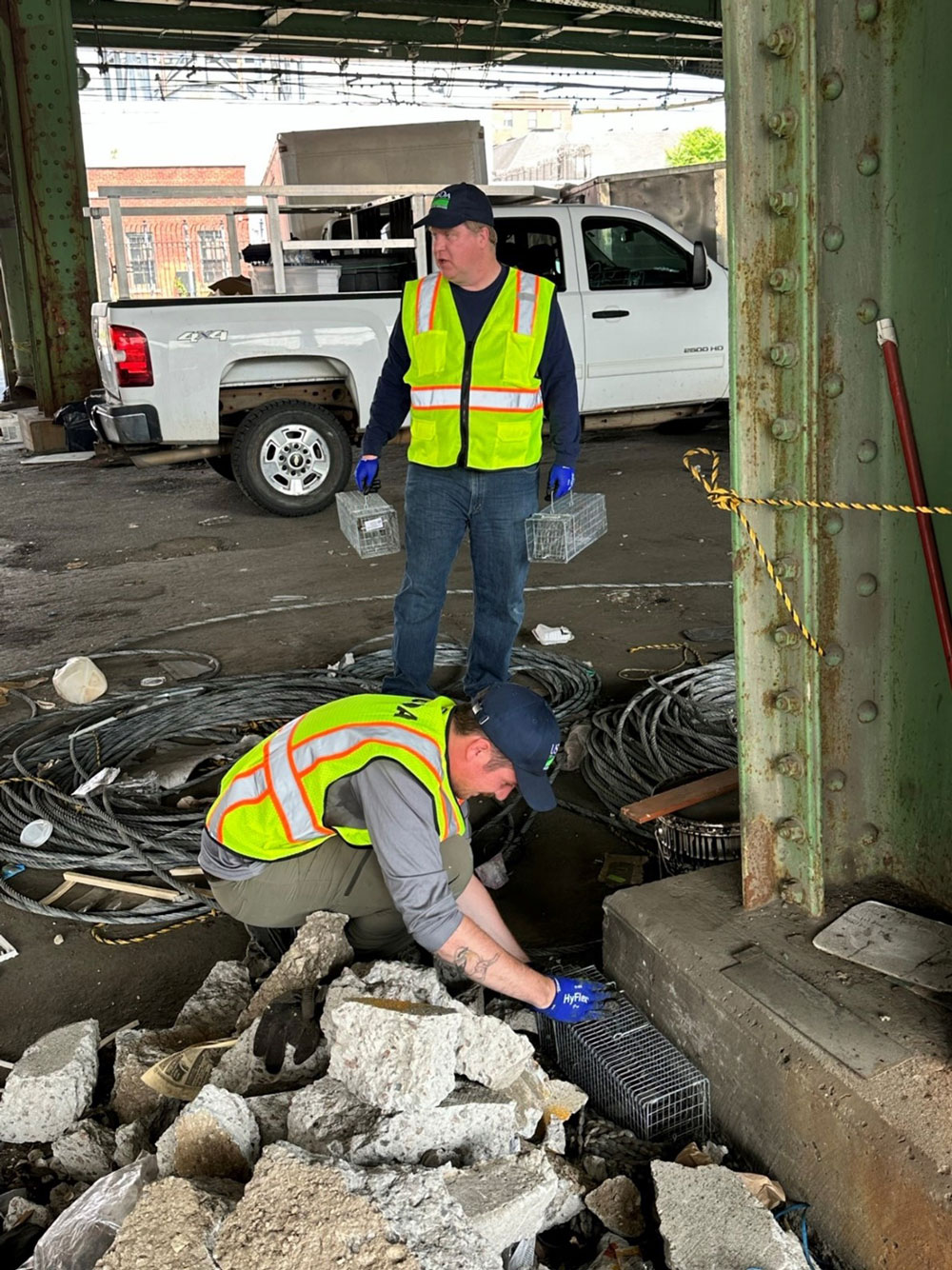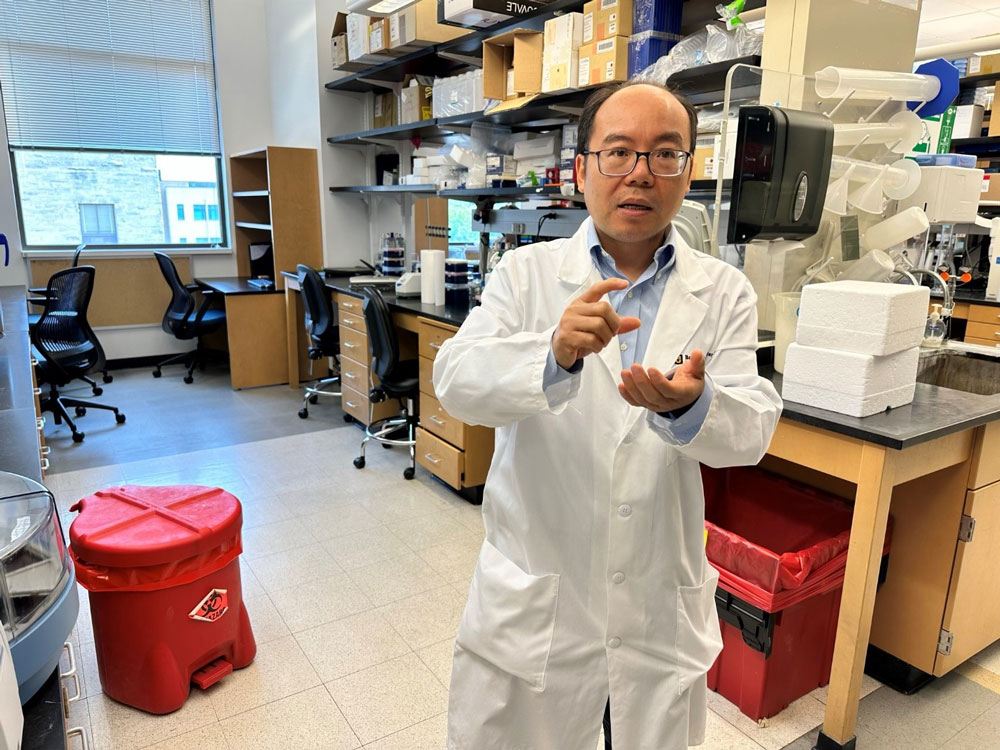Imagine investigators navigating city streets, collecting clues on a hidden health threat from the city’s furry inhabitants. Norway rats (Rattus norvegicus) living in New York City are helping to uncover the secrets of zoonotic diseases – illnesses that move between animals and humans. This is critical because early detection and response to zoonotic and emerging diseases while still in animals is essential in limiting or preventing human outbreaks.
The U.S. Department of Agriculture's Animal and Plant Health Inspection Service (APHIS) has partnered with the University of Missouri to unlock hidden data that these adaptable creatures sharing our spaces may hold. By closely monitoring rat populations, researchers can track the spread of various zoonotic diseases to understand how they move between animals and people. This intel is vital for developing strategies to intercept and potentially contain outbreaks before they spread.
This isn't just an urban story. APHIS' "One Health" approach recognizes that the health of animals, plants, people, and the environment are intricately linked. For decades, APHIS has tackled zoonotic diseases like rabies in wildlife, and avian influenza, understanding that safeguarding animal health prevents disease transmission between animals and people. Today, APHIS is on a multi-pronged mission:
- Unlocking Secrets: Collaborating with partners like the University of Missouri, APHIS delves into how zoonotic diseases behave and spread in different animals – crucial knowledge for prevention.
- Stopping Spread at the Source: From farms to wildlife areas, APHIS strengthens biosecurity measures to block zoonotic diseases at their animal-human interface.
- Mobilizing Rapid Response: Dedicated teams stand ready to swiftly deploy upon outbreak, minimizing zoonotic disease impacts.
This research isn't just about protecting public health; it's about safeguarding our food systems, our environment, and our very way of life. So, the next time you see a city rat, remember, they might just be playing a vital role in helping us decipher the mysteries of disease.
Dive deeper: Want a visual journey? Watch the video "APHIS AND MIZZOU RESEARCHERS COLLABORATE, Protecting You from Future Zoonotic Threats" on YouTube. Then, explore APHIS' website or social media (Facebook, X) for ongoing updates on their "One Health" initiatives and cutting-edge zoonotic disease research. For a specific look, jump into the “SARS-CoV-2 Exposure in Norway Rats” paper by APHIS and University of Missouri, or gain insight into future planning with APHIS's 2023-2027 Strategic Plan.
Together, we can build a healthier future for all.


